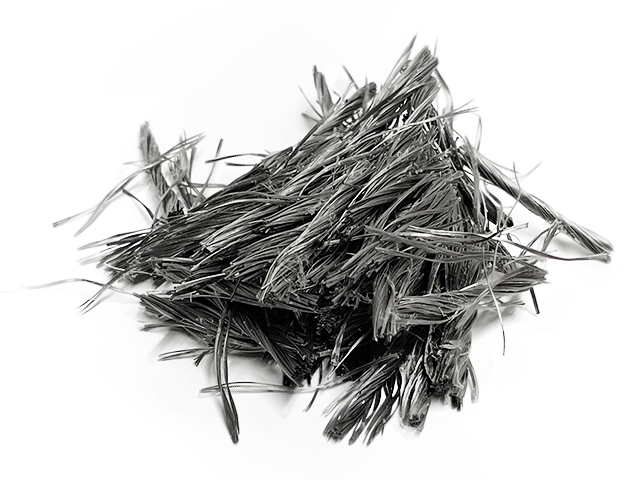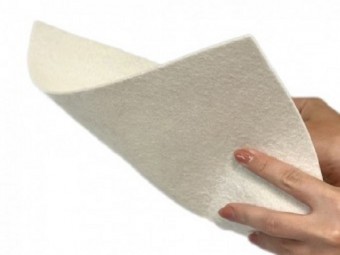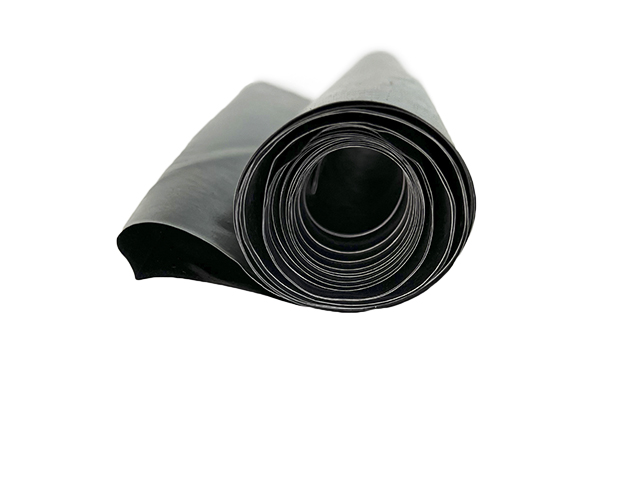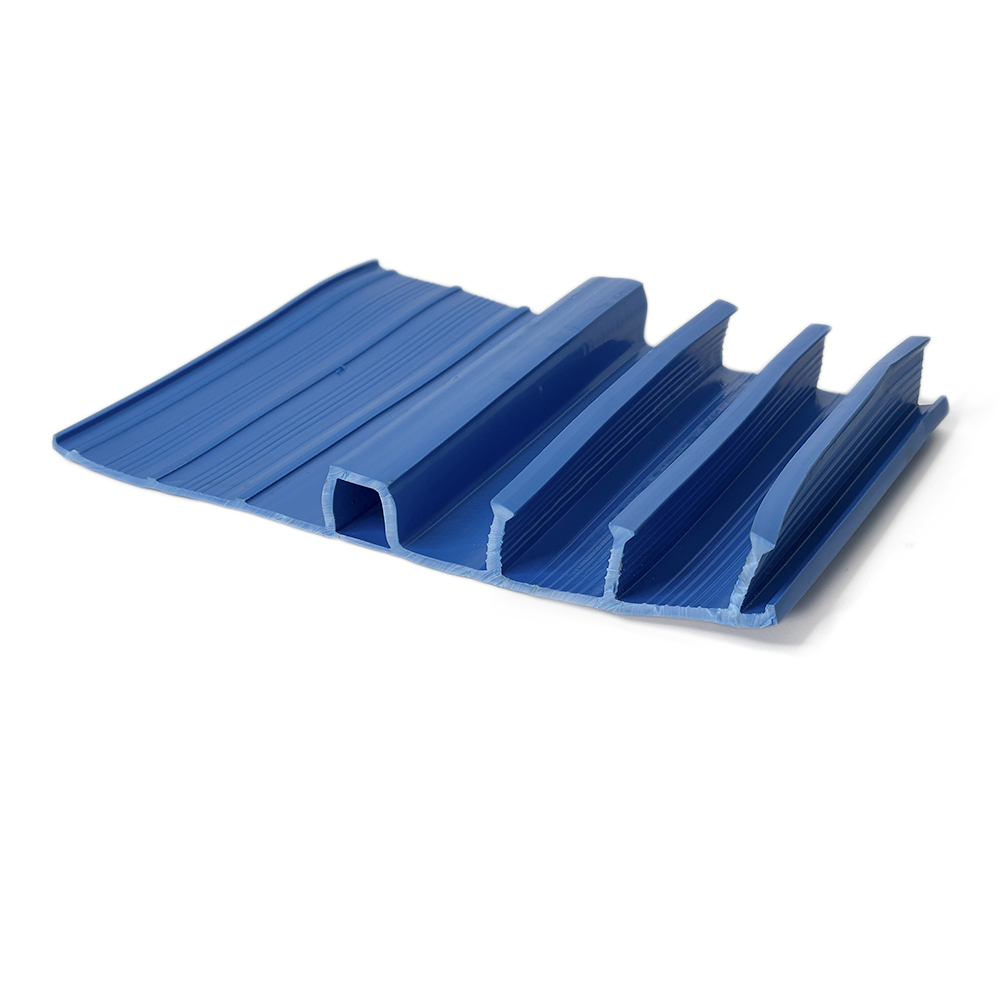Heat-treated geotextile FIBERTEX F-30, density 150g/sq.m, roll 500 sq.m (Czech Republic)
Product code: 0185
Heat-treated Fibertex geotextile for separation, reinforcement, filtration and road construction
41,24 uah
Heat–treated geotextile is a non-woven material that is produced from synthetic fibers by the needle-punched method and is subjected to heat treatment.
As a result of heat treatment, the fibers are sealed, forming a strong layer, withstands a heavy load on pushing and stretching.
At the same time, the filtering abilities are preserved only in the transverse direction.
Heat-treated geotextile performs the following functions:
- Separation
- Reinforcement
- Filtering
- Protection
- Gain
- Drainage
The technical data of the material allow the use of heat-treated geotextile:
- when installing hydraulic structures
- when installing an inversion roof
- in the construction of roads and railways
- in landscaping and landscape design
- when installing drainage systems
as well as in other areas:
- in the clothing and footwear industry
- in furniture production
Due to the fact that the material is made exclusively of synthetic fibers, it is resistant to rodents and insects, does not rot and is resistant to thermal oxidative aging
Features:
Roll width: 5m
Winding – 100 sq.m (500 sq.m in a roll)
* Heat-treated geotextile is released only in multiples of 1 roll of 500 sq.m
| Brand | Density EN ISO 9864 | EN ISO strength limit 10319 tensile |
Extension EN ISO 12236 | Punching EN ISO 12236 | Pore size EN ISO 12956 |
| F-10 | 80 | 4.6 | 50 | 800 | 100 |
| F-20 | 100 | 6.8 | 45 | 1100 | 100 |
| F-22 | 120 | 8.5 | 45 | 1500 | 90 |
| F-30 | 150 | 12 | 50 | 1800 | 75 |
| F-35 | 200 | 17.3 | 50 | 2600 | 70 |
| Brand | Kolir | Strength | Vaga roll | Diameter, cm |
| F-10 | Syria | 80 | 45 | 25 |
| F-20 | Syria |
100 | 55 | 26 |
| F-22 2.0 | Syria | 120 | 65 | 28 |
| F-30 | Syria | 150 | 80 | 32 |
| F-35 | Syria | 200 | 80 | 32 |
| F-40 | Syria | 260 | 125 | 40 |
| F-50 | Syria | 300 | 150 | 45 |
Laying geotextiles is a process that plays a key role in construction, especially when working with road surfaces, soil structures and landscaping.
Here are a few steps to help you install geotextiles correctly:
Surface preparation: Make sure the surface on which the geotextile will be laid is free of debris, sharp objects and stones. If necessary, carry out preparatory work, including leveling and compacting the soil.
Selection and installation of geotextiles: Select the appropriate type of geotextiles to suit your project requirements. When laying geotextiles, ensure that they are distributed evenly and without folds over the entire surface. Make sure that the geotextile is not damaged during installation.
Layering: If you need to use several layers of geotextiles, lay them in such a way that each layer overlaps the previous one by a sufficient length (usually at least 10-20 cm). This will help prevent soil penetration and maintain the integrity of the structure.
Fixation of geotextiles: It is important to ensure reliable fixation of geotextiles so that they do not move during construction work or as a result of environmental influences. To do this, you can use fasteners, pins, weights or other special devices.
Checking the installation quality: After installation is complete, check the quality of the work done. Make sure that the geotextile is laid flat and without folds, that it is securely fastened, and that there is no unexpected damage.
Protection of geotextiles: After laying geotextiles, it should be protected from external influences such as ultraviolet radiation, mechanical damage and chemicals. To do this, you can use additional protective layers or special coatings.
Following these steps will help ensure that geotextiles are installed correctly and remain effective throughout their lifespan.
Remember that the correct use of geotextiles is important for the durability and stability of building structures.
How to lay geotextiles correctly?
Geotextiles can be rolled out manually or using special equipment. It depends on the width of the roll. Make sure that the laying occurs in an even layer without folds or twisting. Before laying geotextiles, it is necessary to carefully remove rhizomes, stones and other debris, prepare the soil base, and level the area. When using several rolls, geotextiles are laid with an overlap, overlapping the adjacent fabric by 10-30 cm. This will help avoid mixing of layers and displacement when pouring bulk materials.
Which geotextile allows water to pass through better?
All geotextile fabrics allow water to pass through themselves well, but each type has its own water permeability indicator. The water permeability of geotextiles is determined by the amount of liquid passing through the canvas in a given period of time and is measured in l/sec/m2. The higher the density of geotextiles, the less water permeability it has. Therefore, geotextiles with a low density, from 80 to 200 g/m2, depending on the type of geotextile fabric, allow water to pass through better.
What is the difference between needle-punched geotextiles and heat-fixed ones?
Geotextiles produced by the thermofixed method are heated during production, making the fabric stronger and more resistant to mechanical stress. The ability of the fabric to pass water becomes significantly lower. Therefore, if you need geotextiles with high water permeability, use needle-punched geotextiles; if strength is a priority, use thermofixed geotextiles. The choice of method for producing geotextiles depends on its technical characteristics.
What geotextiles should be used to construct a temporary road?
Temporary roads are subject to heavy loads, as they will be used not only by passenger cars, but also by large-sized technological vehicles. It is worth giving preference to a fabric with increased strength indicators - thermofixed geotextiles with a density of 200-300 g/m².
Related materials
Related materials
Bentonite waterproofing cord "Gidrostop" 15X25mm, coil 5 meters
To ensure the waterproofness of working seams in building structures
Reinforcement retainer Flooring 200 pcs/pack. The retainer of the protective layer of reinforcement is 30-40 mm.
Retainer flooring for a protective horizontal layer of reinforcement on a loose base, soils, gravel, sand.
Spike-shaped membrane with geotextile SNTDRAIN DL8 GEO eco (450 GR HDPE 90 GR PP DUPONT) 2X20 meters
Geocomposite drainage membrane to protect the underground waterproofing system from damage SNTDRAIN DL8 GEO eco 450gr 90gr
POLYEX MESH FIBER 24 mm
For reinforcement of plastic cement -sand mortars, industrial self-leveling floors, monolithic structures
Thermofixed geotextile with a density of 100g/sq.m (Ukraine)
Application in road construction, for filtration and drainage systems, for hydraulic structures
Polyethylene construction film 150 microns, sleeve 150 sq.m
Universal construction film
Repair hydraulic gasket for expansion joints ND-R 240, PVC, bay 20 m, blue
Repair hydraulic joint for expansion joints
© "Protex-S" LLC2021 | Website created by MD Design





